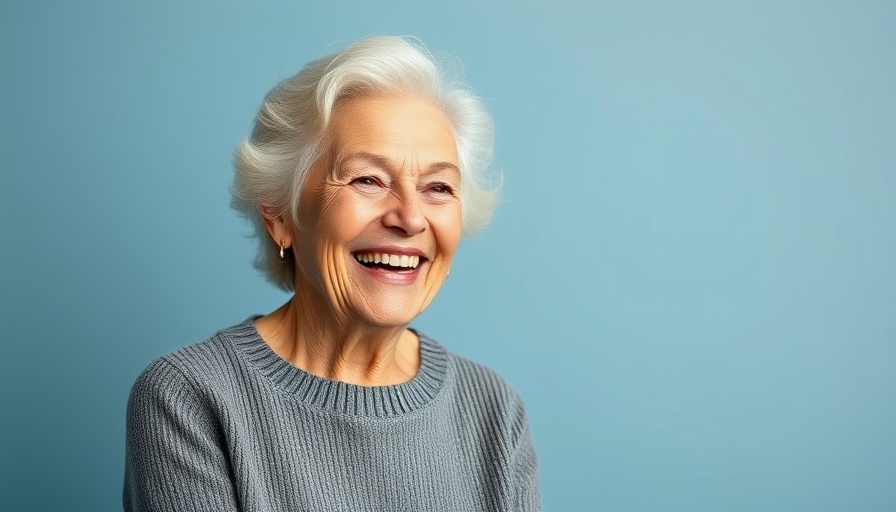
The Safety of Cycling: A Crucial Consideration for Seniors
Cycling is often touted for its numerous benefits—offering a great cardiovascular workout while being low-impact, it's a popular choice among individuals looking to maintain their physical fitness as they age. However, for those with osteoporosis or low bone density, safety should take precedence when considering this enjoyable activity. In a recent discussion on cycling with osteoporosis, critical safety considerations were highlighted, making it a vital topic for anyone keen on staying active.
In 'Cycling with Osteoporosis: Safety First!', the discussion dives into crucial safety precautions needed for safe cycling, prompting deeper analysis and insights that can enhance overall well-being.
Understanding Osteoporosis and Its Impact on Mobility
Osteoporosis is a condition characterized by weakened bones, leading to a higher risk of fractures. For older adults or those with low bone density, engaging in activities that involve forward flexion, like road biking, can pose additional risks.
The potential for falls—a serious concern for those with brittle bones—after cycling accidents, like the one described by an astronaut who fell and broke his hip after returning from space, underscores the need for caution. This anecdote serves as a reminder that while the freedom of cycling is appealing, one must assess whether their body can handle the demands of the activity.
Essential Safety Gear for Cyclists
To mitigate risks, utilizing proper safety gear is paramount. Hip protectors and spinal protection gear can provide additional layers of safety. Many mountain bikers opt for protective gear even without osteoporosis, aiming to safeguard themselves from the unexpected. This proactive approach is advisable for all cyclists, especially those with underlying conditions that impact bone health.
Optimal Bike Posture for Strength and Safety
One method to ensure that your posture while cycling is safe involves photographing your position on the bike. A photograph can visually confirm whether you're bending from your hips or your spine, allowing for healthier posture adjustments. Correct posture is critical; it can minimize the risk of injury and help riders with osteoporosis cycle more safely.
The Importance of Holistic Health Considerations
In addition to physical safety, maintaining a holistic wellness approach can profoundly benefit individuals with osteoporosis. This includes adopting healthy lifestyle habits that support bone strength and overall wellness. Engaging in a balanced diet rich in calcium and vitamin D, coupled with regular physical activity tailored to one’s capabilities, can have a positive impact on bone health.
Nutrition for Bone Health
Dietary choices can significantly influence bone density. Incorporating anti-inflammatory foods into one’s meals can combat issues related to osteoporosis. Foods high in omega-3 fatty acids, greens, and fortified products enhance bone health and general well-being. Understanding how nutrition plays a role is vital for those looking to strengthen their bones naturally.
Mindfulness and Stress Reduction Techniques
Stress can negatively affect overall mental health and resilience, and that includes implications on physical health. Incorporating mindfulness practices and stress relief strategies can enhance the wellness of cyclists. Techniques such as yoga, meditation, and breathing exercises not only soothe the mind but can contribute positively to overall health.
The Crucial Role of Consultation and Regular Health Check-Ups
Consulting healthcare professionals for personalized guidance is essential. Regular check-ups can help assess one's bone density and overall health needs, ensuring that the chosen fitness routines are appropriate and aligned with personal health circumstances.
As we explored from the video titled “Cycling with Osteoporosis: Safety First!”, it is crucial for individuals, especially those with bone health concerns, to approach biking with an informed perspective. By prioritizing safety, employing appropriate nutrition, and adopting holistic health practices, seniors can continue to enjoy cycling safely.
 Add Row
Add Row  Add
Add 




 Add Row
Add Row  Add
Add 


Write A Comment